It's a difficult balancing act. Where some economists see "green shoots" of a recovery others see only yellow weeds of continuing recession. It's hard to know for sure whether things are getting better or worse. President Harry S. Truman whimsically asked for a "one-handed economist." He complained that "all my economists say, `on the one hand ... on the other hand."'
That's pretty much the dilemma that President Barack Obama and policymakers now face. With consumer spending accounting for more than two-thirds of the economy, Obama is mindful that reviving it depends a lot on restoring confidence. So he's been trying to put the most positive spin on any signs of improvement, as have leaders in other recession-wracked countries.
"It's safe to say we have stepped back from the brink, that there is some calm that didn't exist before," Obama said recently about what already is the longest recession since World War II. On the other hand, there's a clear danger. Sound too cheery and people lose confidence in your judgement, especially if their own eyes see a bleaker picture.
Ease up on government stimulus spending too soon and the recovery could be snuffed out. Talk by some Group of Eight finance ministers about stimulus exit strategies briefly spooked international stock markets. But keep stimulus spending going too long and you end up with huge deficits and soaring inflation.
Polls show people in the United States increasingly are concerned about the government's record levels of debt, a sour legacy for future generations. So Obama has talked up and talked down the economy. At the same time.
"Even as we've made progress, we know that the road to prosperity remains long and it remains difficult," he told a Chicago audience this past week as he promoted his health care overhaul. It's an effort that Obama says will help the economy in the long run, but one that the non-partisan Congressional Budget Office says could top $1 trillion over 10 years.
The daily numbers don't help much. On the one hand, some statistics suggest the recession's fury is easing. Not only are fewer jobs being lost, but there are signs that stability is returning to housing and manufacturing. Even with recent declines, stocks are up about 30 percent from their March lows.
On the other hand, the economy is continuing to shed tens of thousands of jobs a month and the unemployment rate may soon exceed 10 percent. Housing values still are falling. Consumers keep spending cautiously. Even though 10 top banks won Treasury Department approval to repay $68 billion of bailout money, hundreds of billions of dollars in bad debt clogs the balance sheets of many banks. Gasoline prices are rising again. Since the recession began in December 2007, the economy has lost a net total of 6 million jobs.
"We are still in a recession. The risks are still to the downside. The coast isn't clear," said Mark Zandi, chief economist of Moody's Economy.com. While Zandi thinks the recession probably will end this year, he sees an extended period of slow growth and continued high unemployment, as do many economists.
Sometimes the numbers give rise to competing interpret. For instance, the benchmark 10-year Treasury bond has inched up and now yields 3.8 percent; it was well under 3 percent three months ago. Optimists see that as an early sign of an economic rebound. Pessimists say it is a harbinger of higher mortgage rates that could throttle a housing recovery.
The Federal Reserve is buying long-term Treasuries to try to put downward pressure on rates. But some economists see this as backfiring, troubling investors, aggravating inflation worries and contributing to even higher rates. Economists and politicians keep searching for those "green shoots," signs of an economic revival. After all, if green shoots are sprouting, can blue skies be far behind?
"Green shoots" is the colorful phrase that Fed Chairman Ben Bernanke used in mid-March to describe those bits of evidence that the economy was showing tentative signs of recovery. Since Bernanke's comments, the term has sprouted like, well, weeds. Britain's "Economist" magazine even created a "Green Shoot" index to track the number of times the phrase appeared in the news media.
Bernanke spotted those green shoots way back in March. With the official start of summer upon us, it's hard to see that any of those shoots have grown into saplings. "We need significant more improvement to suggest that the economy is really turning the corner," said Alan Gayle, senior investment strategist at RidgeWorth Investments.
White House economic advisers estimated in January that if Congress passed the president's economic stimulus bill, unemployment probably would rise no higher than 8 percent this year. Congress did and unemployment now stands at 9.4 percent. The recession "won't be over until actually we have the unemployment rate down to a more normal level, like 5 percent," Christina Romer, chairwoman of the White House Council of Economic Advisers, said recently. "We're a long way from it being over." In a "one hand ... other hand" economy, it isn't over until it's over.
BR100
15,103
Increased By
140.9 (0.94%)
BR30
42,619
Increased By
540.8 (1.29%)
KSE100
148,196
Increased By
1704.8 (1.16%)
KSE30
45,271
Increased By
438.2 (0.98%)










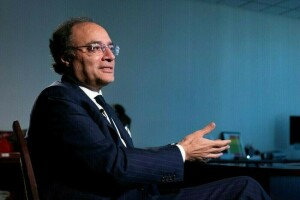
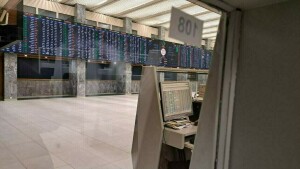
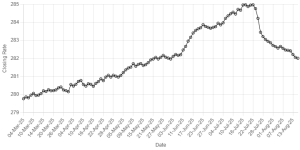
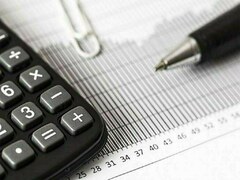

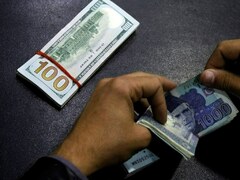
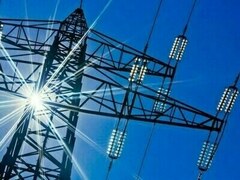





Comments
Comments are closed.